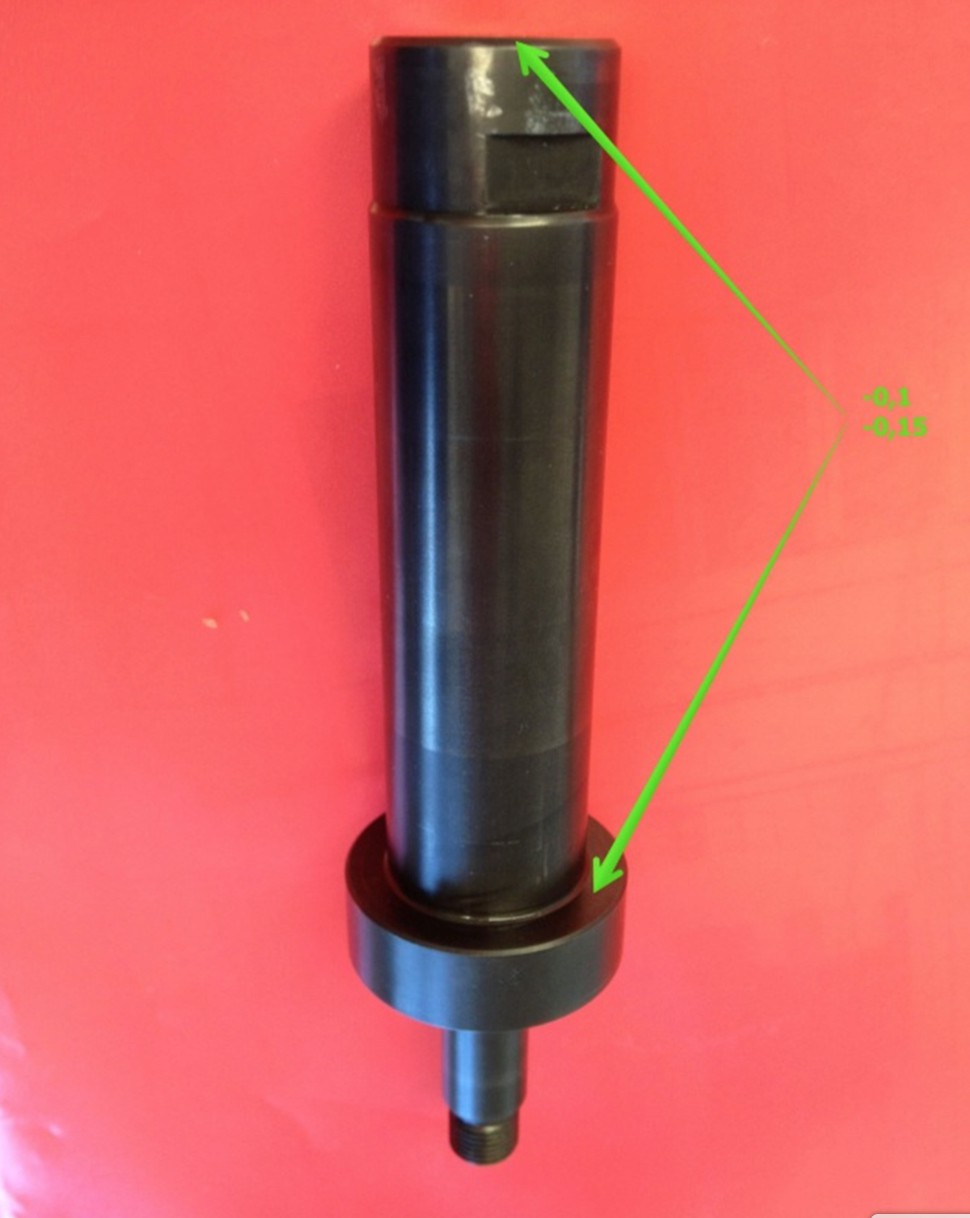Sometimes, Vega V260CF cylinders might get stuck, causing the ring inside the groove to get jammed in the front position. Why does that happen? What can be done to prevent it?
In the following article, we will examine four reasons why V260 cylinders get stuck, and what can be done in each case.
Reason 1—Pre-load
Wrong applications concerning pre-load, especially when installing the cylinder, might cause it to get stuck. Usually, this can be solved by using a pre-load flange along with the cylinder. Moreover, it is good to remember that all the tolerances indicated on our catalog are to be carefully followed, thus preventing pre-loads from being too tight.
Reason 2—Static Load
If the static front load exceeds the values indicated on our catalog, the cylinder might get stuck. For example, at page F4, a chart is reported, and it can be noticed that locking static force values are much lower when a pre-load is applied compared to those without a pre-load.
Reason 3—Obstructing Component
Sometimes, molds might produce plastic components that, once solidified, might obstruct the rod of the cylinder. In such cases, the only solution is to remove these components.
Reason 4—Strict Precision
Cylinder components are very carefully made, and very precise. Nonetheless, sometimes such strict precision might be too much and cause the cylinder to get stuck. Therefore, it might be necessary to mill the rod surface and the piston surface by 0.1 mm up to 0.15 mm.
However, though useful for preventing jamming, milling these surfaces will change the cylinder stroke, thus preventing the sensor pin from reaching its full tilting movement and actuating the rear sensor itself.
It is well known that, in order to have sensors of switches installed on a cylinder, the length of the slide stroke movement should always be longer than the cylinder stroke movement.
Final Remarks
Since modifying both the rod and the piston will prevent sensors from being used, it is very important to carefully examine the cylinder and take into consideration all the possibilities mentioned above, from Reason 1 to Reason 4.
Moreover, in case milling should be the only way of preventing jamming, such procedure should be performed by our specialized staff only, not by customers. In addition, while it’s true that milling the rod and piston surface by 0.05 mm will not prevent sensors from working, it’s also true, according to the Vega Technical Department, that it is not enough to prevent jamming.



